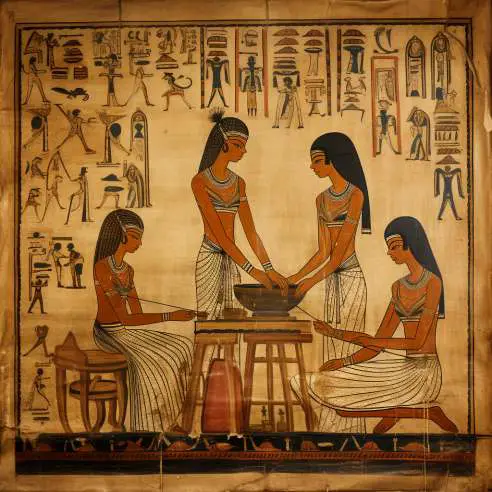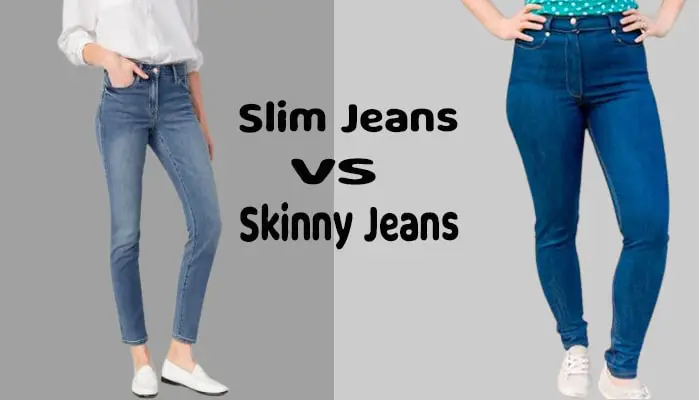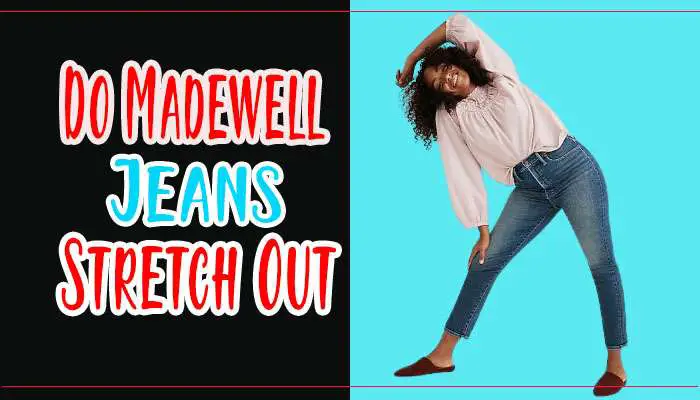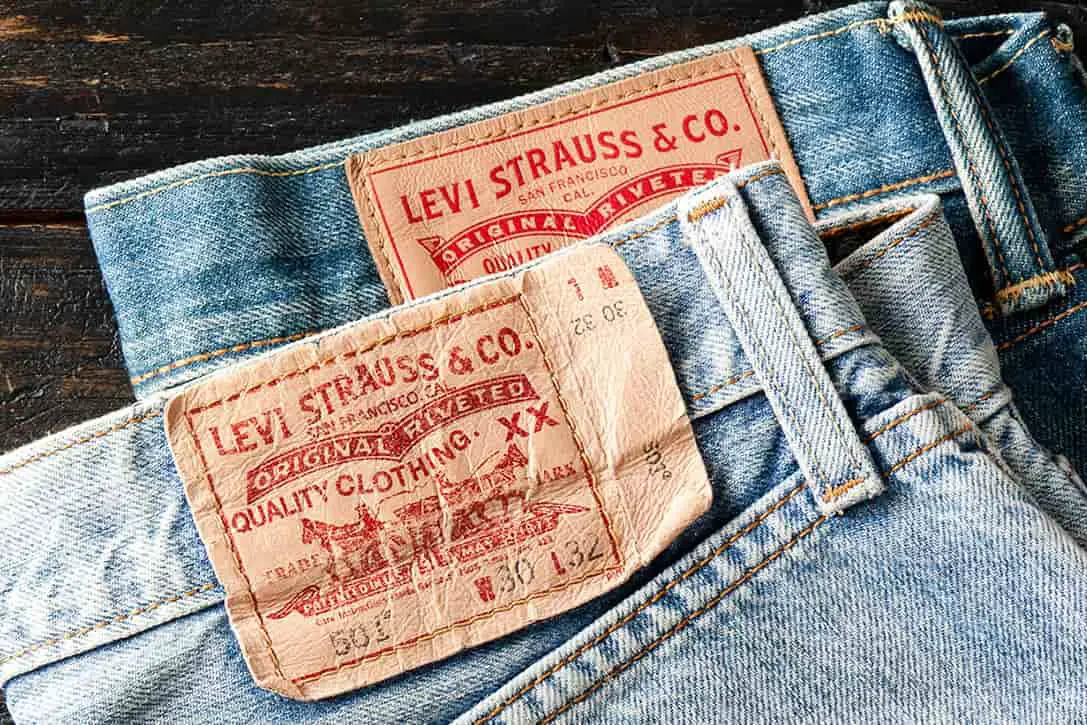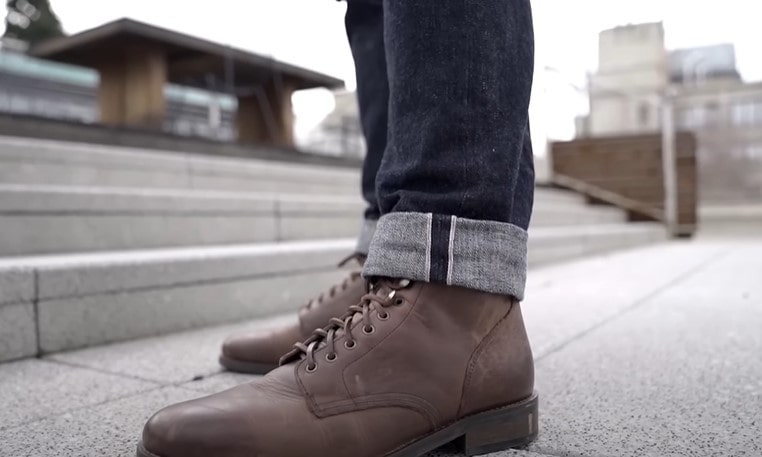What Are Distressed Jeans? All About Distressed Jeans
Are you tired of plain and boring jeans? Do you want to add some edge and personality to your wardrobe? Look no further than distressed jeans! These pants have overtaken the fashion world with their worn and vintage look. Distressed jeans have become a staple in modern fashion trends, featuring unique details such as holes, frayed edges, and faded spots. Not only do they add a touch of rebellion and attitude to any outfit, but they also provide comfort and versatility for any occasion.
Also Read: What Are Stone-Washed Jeans?
So, let’s dive in and explore the world of distressed jeans and discover why they are a must-have item in your fashion arsenal.
What Are Distressed Jeans?
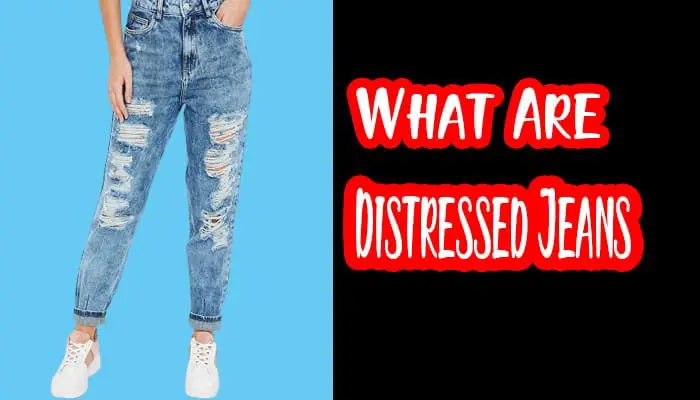
Distressed jeans are denim pants that intentionally include holes, frayed edges, and worn spots to create a worn and aged look. The distressing technique can be achieved through sanding, bleaching, scraping, ripping, or any other method that causes the denim fabric to show signs of wear and tear. These jeans can be casual or dressed up and have a trendy and stylish appearance.
History of Distressed Jeans
Denim jeans have been around for over 150 years, but the distressed style we know today is relatively new. In the 1970s, distressed jeans were born out of a counterculture movement.
Everyday wear-and-tear turned Wranglers and Levis into distressed jeans, making them a symbol of coolness and rebellion. In the 1980s, punk rockers started customizing their jeans by ripping, tearing, and painting slogans to create their unique look.
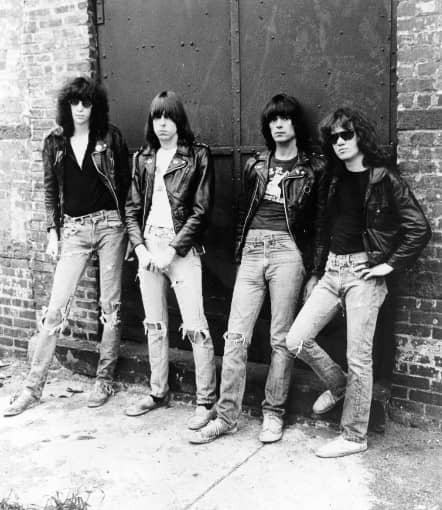
The distressed denim trend became even more prominent in the early 1990s when grunge music and fashion came into the mainstream. However, it wasn’t until the early 2000s that distressed jeans became widely popular, with celebrity endorsements and designer collections featuring the trend.
Today, distressed jeans are a fashion staple that continues to evolve with new techniques and styles emerging each year.
Types of Distressed Jeans
Several types of distressed jeans vary in the extent and style of distressing. Here are some popular types:
- Ripped Jeans: From Subtle to Extreme
- Frayed and Torn Jeans: Unleashing the Edginess
- Patchwork Jeans: Artistic Blend of Fabrics
- Bleached and Acid-Washed Jeans: Light and Dark Aesthetics
- Paint-Splattered Jeans: Embracing Creative Chaos
- Vintage and Pre-Distressed Jeans: Nostalgic Appeal
Distressed Jeans in Pop Culture and Media
Distressed jeans have become an iconic fashion choice in pop culture and media, representing rebellion and edginess. They frequently appear in music videos, movies, and fashion campaigns, capturing attention with their tattered and worn-out aesthetic.
- Distressed jeans symbolize nonconformity, embraced by musicians and celebrities in various genres like rock, punk, and grunge.
- In film and television, distressed jeans enhance character depth, portraying individuals with a rebellious or carefree nature.
- Fashion magazines, social media influencers, and blogs have also contributed to the popularity of distressed jeans, showcasing their edgy style and versatility.
Distressed Jeans vs. Ripped Jeans

Distressed and ripped jeans are similar in that they both feature deliberate damage to the denim fabric to create a worn, vintage look. However, there are some differences between the two styles.
Distressed jeans:
- Typically feature a more subtle, overall worn look, with small spots of fraying or rough patches in the fabric.
- The distressing is achieved through sanding, scraping, or bleaching to create a fading effect on the jeans.
Ripped jeans:
- Feature more overt damage to the denim, with large holes or rips in specific areas of the jean.
- The rips are typically made by pulling apart the threads or slicing through the denim with scissors or a razor blade.
Overall, while both styles can add a rugged flair to your outfit, distressed jeans may be a better choice for a more casual or laid-back look, while ripped jeans can add a more dramatic or edgy feel.
Also Read: What are Sandblast Jeans?
FAQ
Are distressed jeans suitable for formal occasions?
No, distressed jeans are typically not suitable for formal occasions. The distressed style is more suited to casual or trendy settings. However, some modern workplaces may allow for a more relaxed dress code that could include distressed jeans.
Are distressed jeans a passing trend or a timeless fashion choice?
Distressed jeans have been popular for several decades and have remained a fashion staple. While certain styles and techniques may fall out of fashion, distressed denim will likely continue to be a timeless choice for those seeking a relaxed or edgy look.
Can I distress jeans that are already faded?
Yes, jeans that are already faded can be further distressed or customized to add extra character. Sanding, bleach, and dye techniques can add distressed elements to jeans that have already experienced wear and tear. Read this guide about How To Make Distressed Jeans?
Why are jeans called distressed?
Jeans are called “distressed” because of the process used to create the worn look in the fabric. Distressing techniques such as sanding, bleaching, and ripping create marks on the denim fabric to replicate a worn and aged appearance. The name “distressed” refers to the fact that the jeans have undergone a deliberate process to create this look.
Conclusion
Distressed jeans are a fun and stylish addition to any wardrobe. From their classic denim look to their unique styles, distressed jeans are a great choice for a modern take on a classic look. Their versatility ensures you’ll always find the perfect distressed jeans for any occasion. Whether you dress them up with an elegant top or down with your favorite sneakers, distressed jeans can add an edgy touch to any outfit. You won’t regret adding this trendy staple to your wardrobe.

